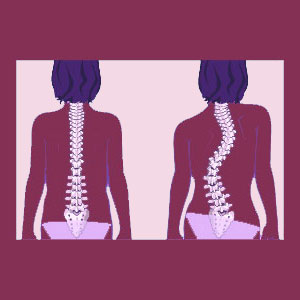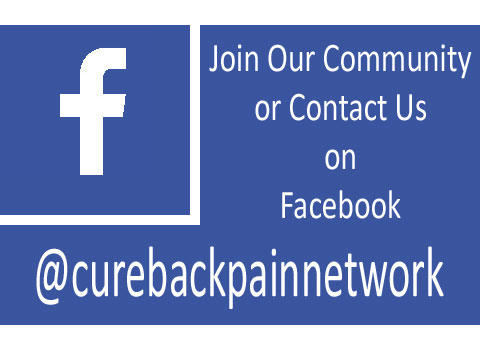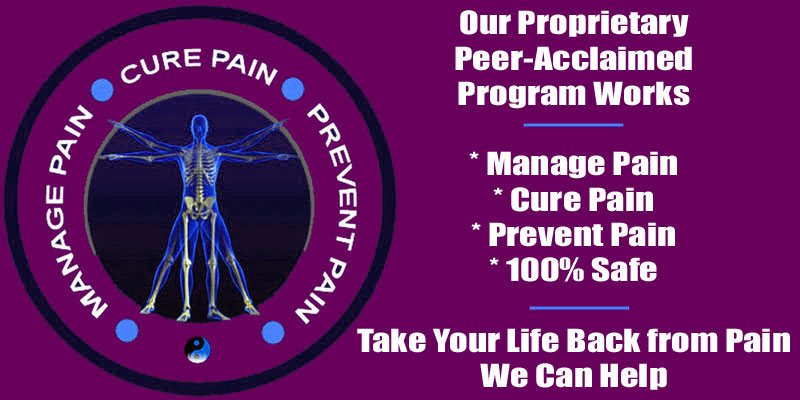
So many readers write to us saying, “My child has scoliosis. What do I do?” We understand how frightening it can be for parents of scoliosis patients. We also know how your choices as parent or guardian can improve the chances for better therapeutic outcomes for innocent children who are affected by atypical spinal curvature. Your choices will directly affect their future in so many ways, some of which you probably have not even considered.
Children are shortcuts directly to our hearts. When they are endangered, we tend to bypass logic, fear and thought in order to protect them. This is a noble trait of human beings that is certainly well intentioned. However our best efforts sometimes actually work against the best interests of young scoliosis patients, mostly due to ignorance of the condition and economically-motivated recommendations from greedy care providers who smell money every time a child is newly diagnosed.
In order to serve patients of all ages and their family decision makers, we have prepared this crucial report to help parents to make better choices when it comes to managing children with scoliosis in terms of both body and mind. Neglecting your duties by making poor choices now could literally cost your child everything, so learn all you can and become an enlightened protective guardian to your beloved offspring. We can help.
My Child Has Scoliosis. What is it?
Learning that your child has atypical spinal curvature can be a shock. Some parents know the basics of scoliosis, while others really have no idea what the condition is all about. To get a thorough primer on the realities of the condition, we strongly suggest starting out by reading our guide covering the topic, “What is Scoliosis?”
Scoliosis describes an abnormal lateral curvature in the spine. Usually, the spine will appear perfectly straight when the child is viewed from the front or back. However, a spine that is affected by scoliosis will appear to bend from side-to-side when observed from these same vantage points. The anatomical evidence of this bend might or might not be visible externally upon casual observation, depending on the severity of the curvature abnormality and the general build and appearance of the child.
Scoliosis is not inherently painful or problematic. Most causes are classified as mild to moderate and usually do not require any treatment at all. Some juvenile patients might require conservative care for their scoliosis in order to prevent the curvature from worsening as the child grows. Usually, this means performing exercises and stretches daily, with or without the addition of wearing a specially-designed scoliosis brace.
What Should I Do about My Kid’s Scoliosis?
Let us provide the first important piece of advice before doing anything recommended by the initial diagnostician. First and foremost, be sure that the diagnosis is correct. Many children, myself included, are mistakenly diagnosed with scoliosis. Many curvatures exist, but are so mild that they do not quality to be called scoliosis and certainly do not require any treatment. Therefore, seek out a second, and possibly third, opinion on the validity of the diagnosis, as well as getting more opinions on any treatments that might be recommended or deemed medically necessary.
There exists much debate about the ideal way to treat scoliosis in children and contrasting evidence exists in the scientific literature. Virtually all doctors tend towards the least invasive methods of care possible in order to assure patients compliance and effectiveness with less interruption in a normal young life. If your child was given a recommendation for dramatic conservative care, or any type of surgical treatment, be sure to seek out multiple diagnostic opinions, as this is very atypical.
We highly recommend taking time to learn everything that you can about scoliosis, including details that might not pertain to your child’s case right now. Scoliosis is a life-long condition for most children, so their parents should be prepared to advocate for them now, as well as educate the child as they grow to become knowledgeable, informed patients themselves.
My Child Has Scoliosis. Will They Be Ok?
Most cases of scoliosis are not health threats. Virtually all cases fall into classifications that do not require anything more than regular monitoring to be sure that the curvatures do not progress to a point that requires active care. For patients who do require early treatment, conservative modalities are usually both safe and effective in halting the progression of the curvature.
There is no reason to think that any child who is affected by scoliosis will inherently suffer pain or lifelong problems. Most children will be just fine, although a small minority will require more dramatic care if their curvatures are very severe or become rare examples of symptomatic scoliosis.
However, we can not stress the importance of managing their child psychoemotionally, as well as physically. The diagnostic and treatment processes can be incredibly traumatic. Most children fear being different than their peers. This is why it is so important to learn the facts of scoliosis, in order to present a truthful view of the condition to children in order to reassure them and assuage their anxieties. Many children will retreat emotionally into themselves when diagnosed and might be terrified within. Parents must be continually proactive to provide emotional support and comfort, especially as the child grows and faces new challenges at different stages of development.
Accomplishing this task is just as critical as managing the physical health requirements of scoliosis. Failure to provide adequate psychoemotional care can set the stage for a life of chronic pain and disability, as well as depression and mindbody syndromes that are directly related to the psychology of scoliosis, rather than any structural ramification on the anatomy itself.





